A Brief History of Matcha
In the 12th century matcha tea arrived in Japan, brought in by Zen Buddhist Eisai, a monk who had been travelling in China. The monks quickly realised after consuming matcha tea that it possessed incredible benefits for mind, body and spirit. Sipping it prior to long periods of meditation kept the mind alert and focused, yet the body relaxed.
In the centuries that followed matcha tea also became popular for ceremonial use. Traditional Japanese tea ceremonies were said to represent ‘wabi-sabi’ – living with simplicity and being at one with nature, and the ability to acknowledge impermanence of all things throughout the spiritual journey.
Many tea ceremonies are still held to this day in areas of Japan synonymous with matcha tea growth. Visitors can join in, but firstly to become well-versed in the process, one must observe how to enter and exit the tearoom, how to cleanse and handle the equipment and prepare the tea correctly as the Japanese do, with a bamboo whisk or ‘chasen’.
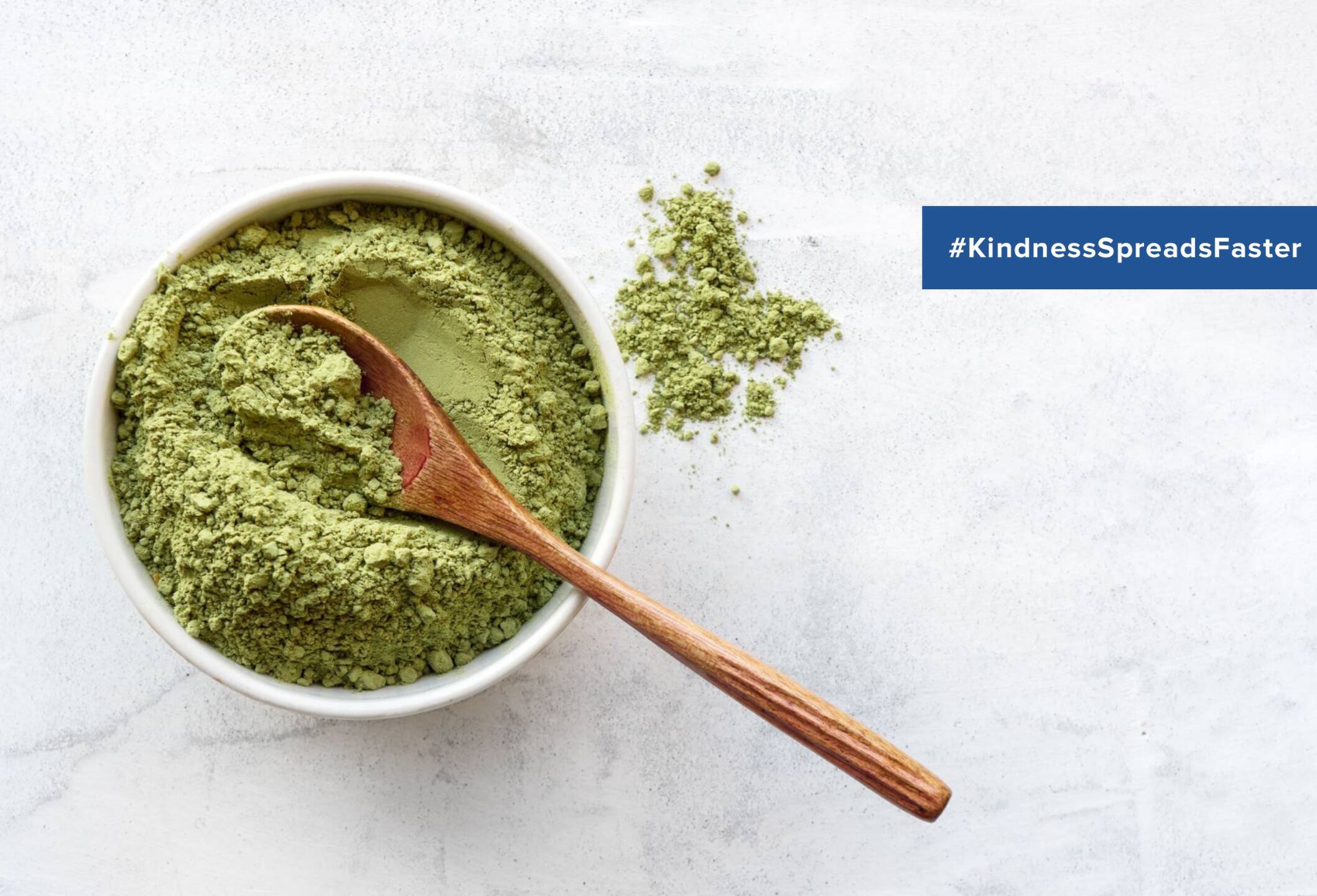
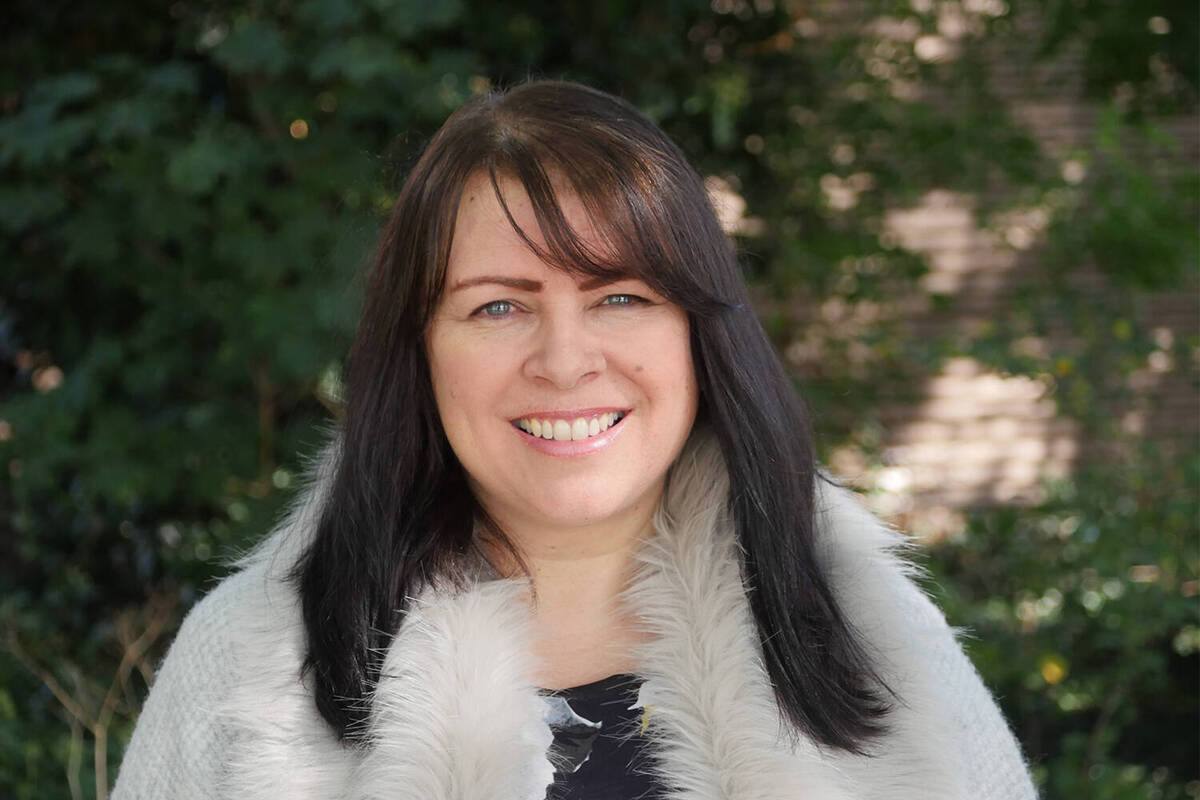
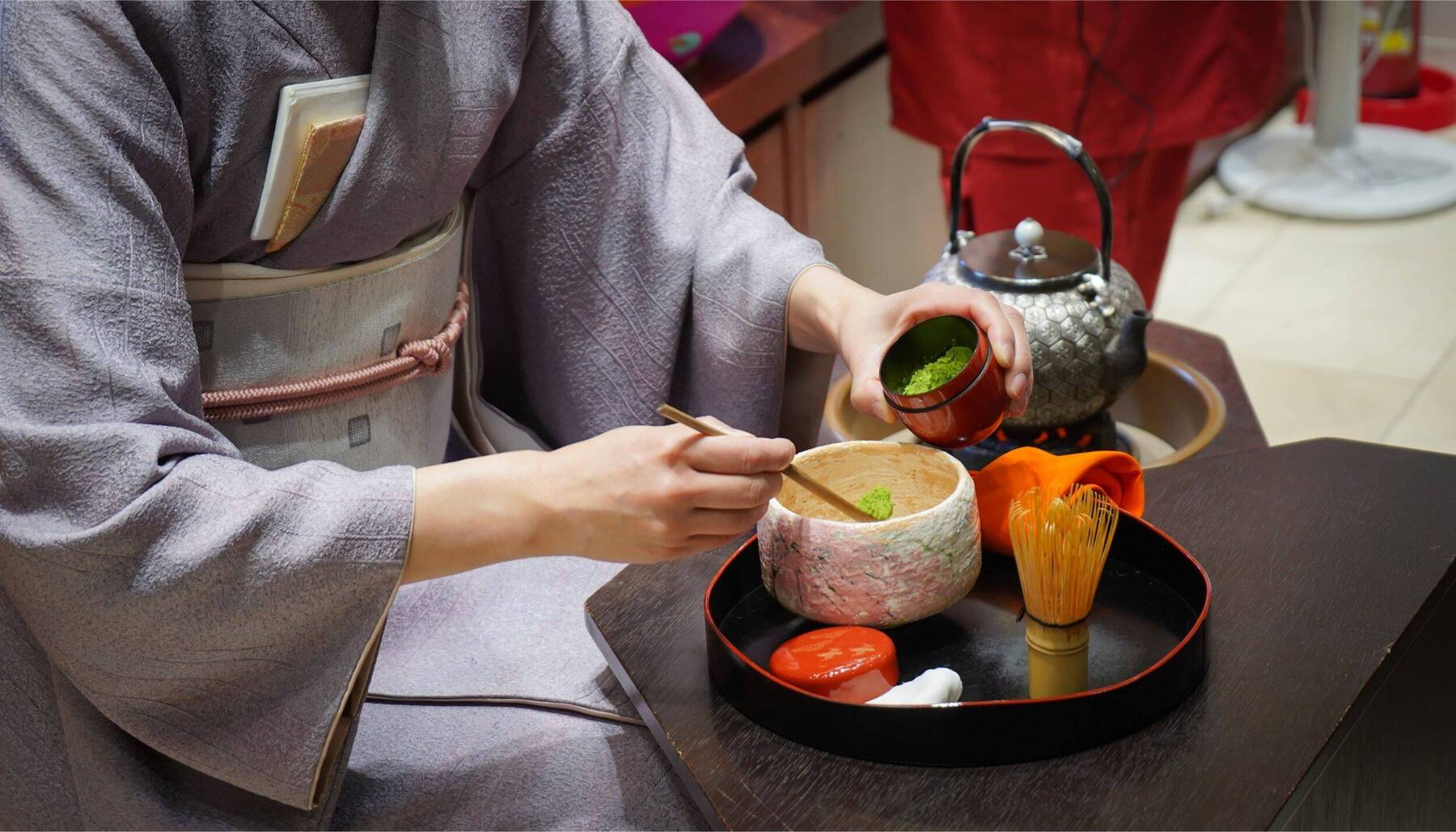

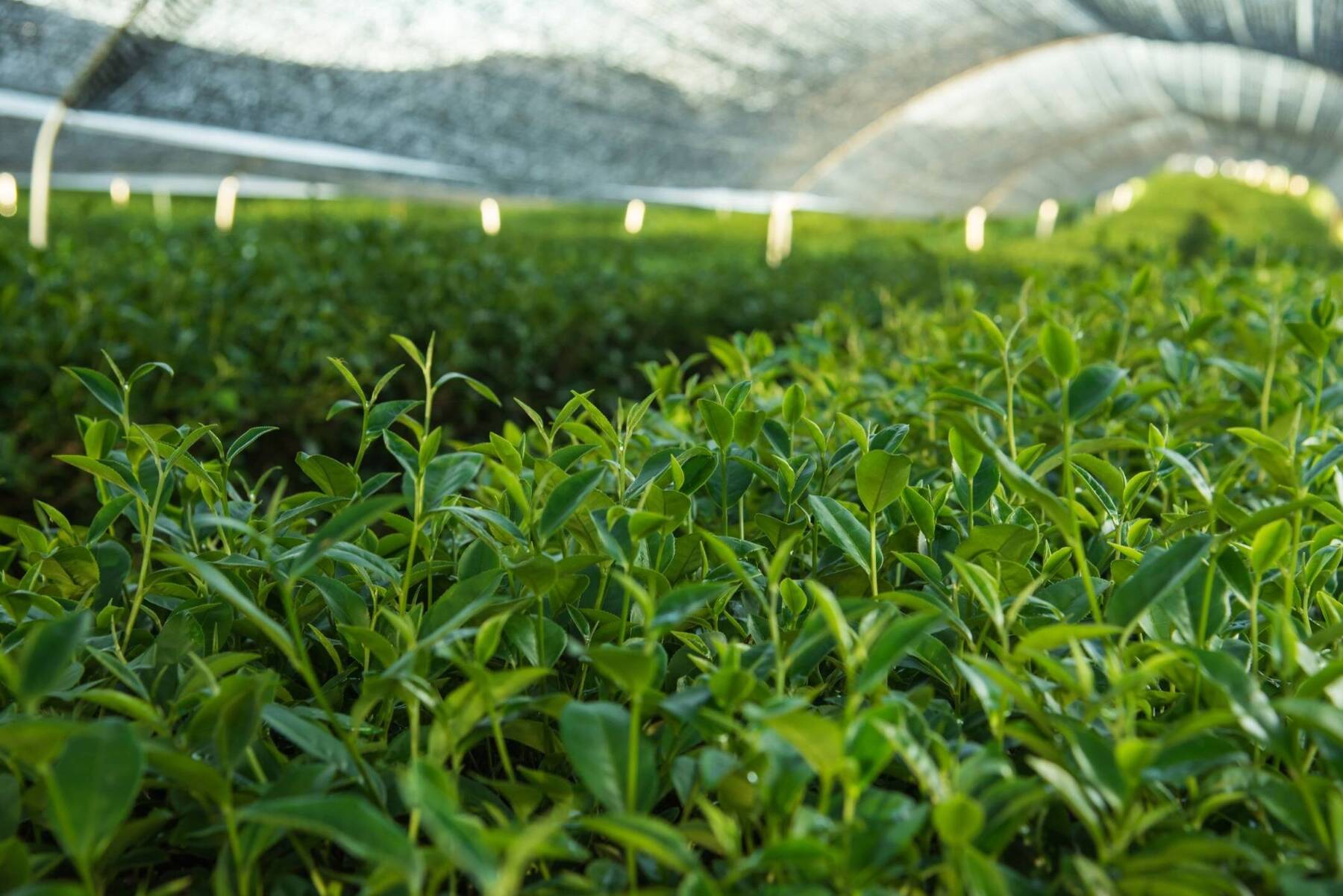
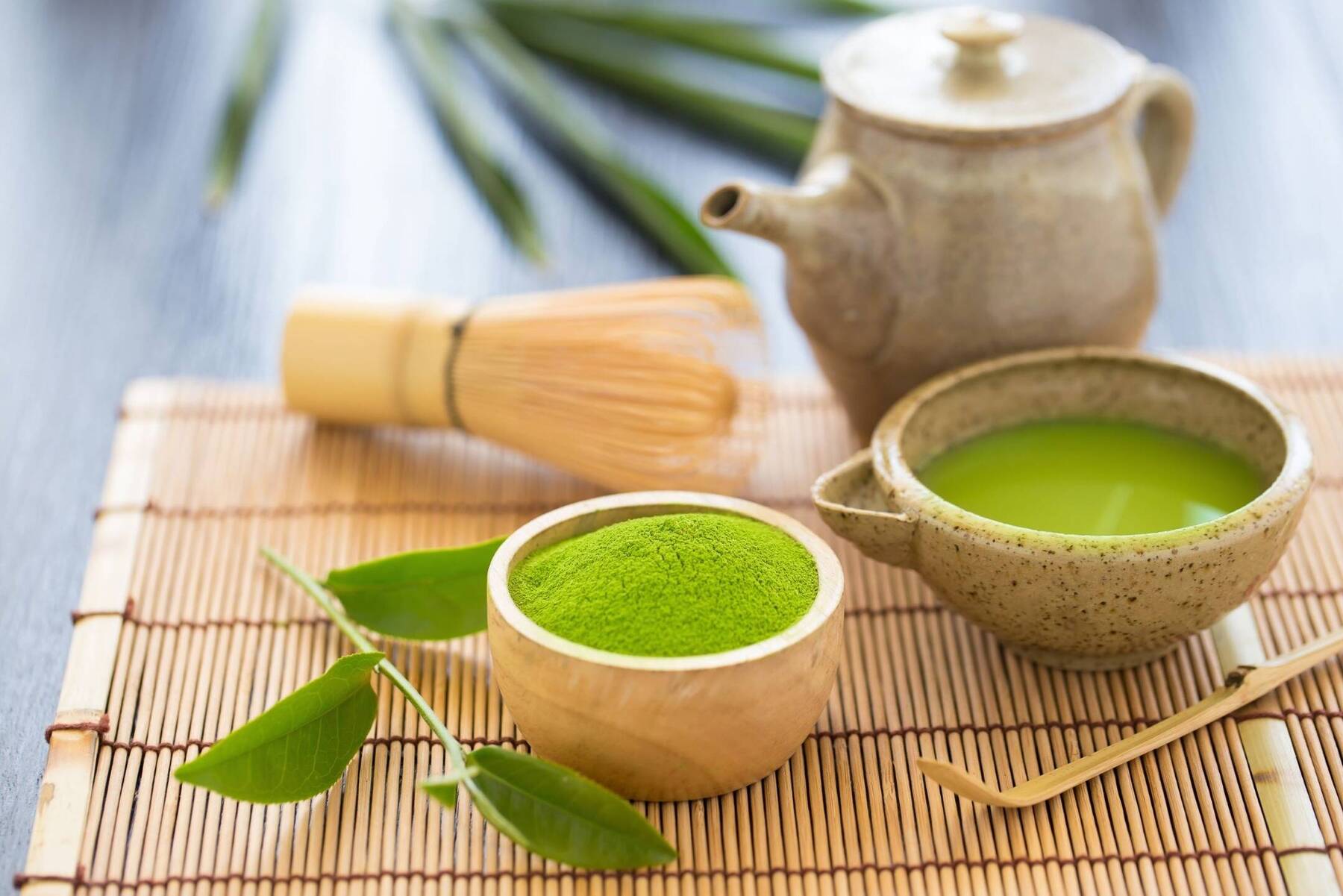
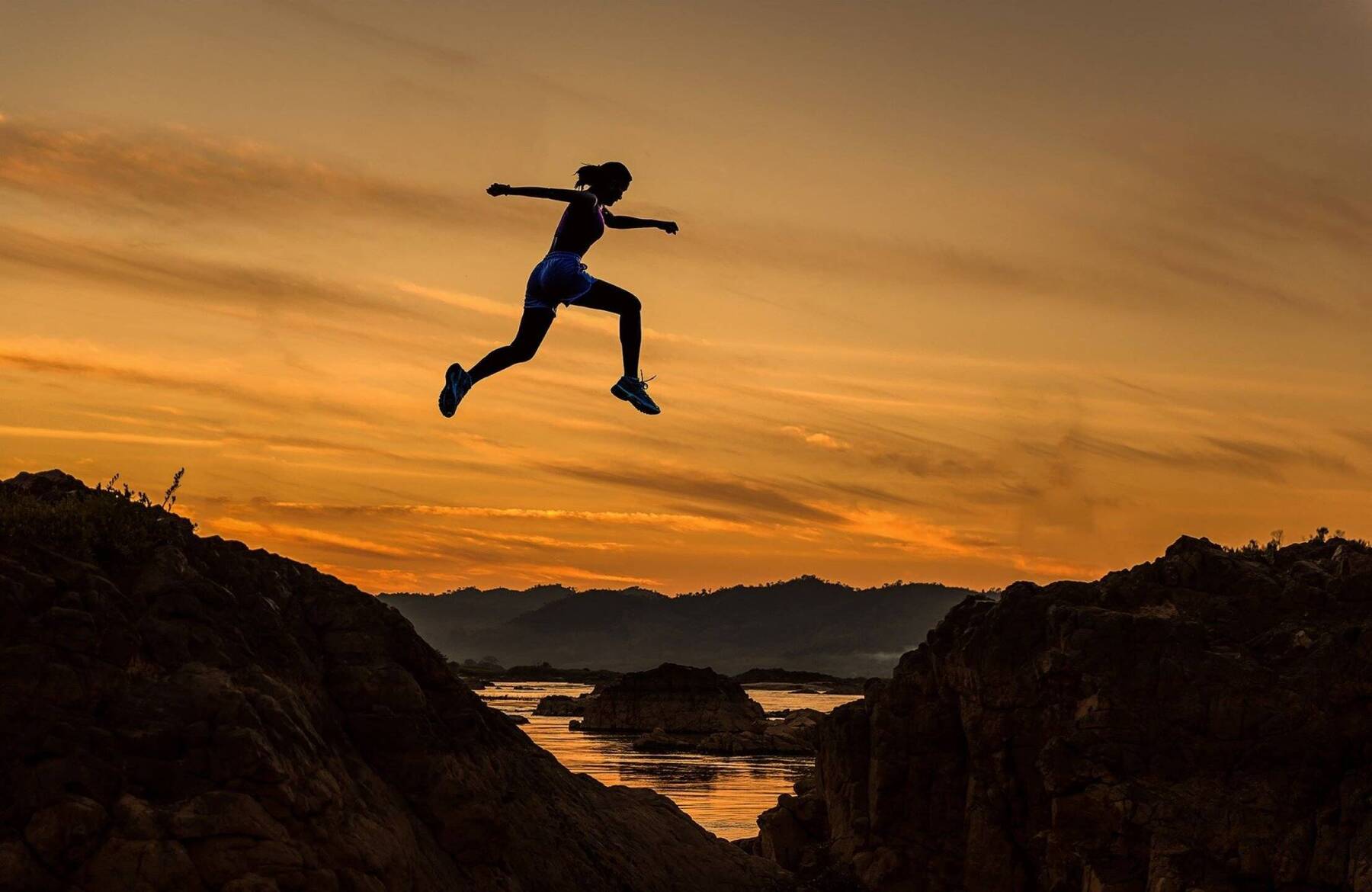

















Comments